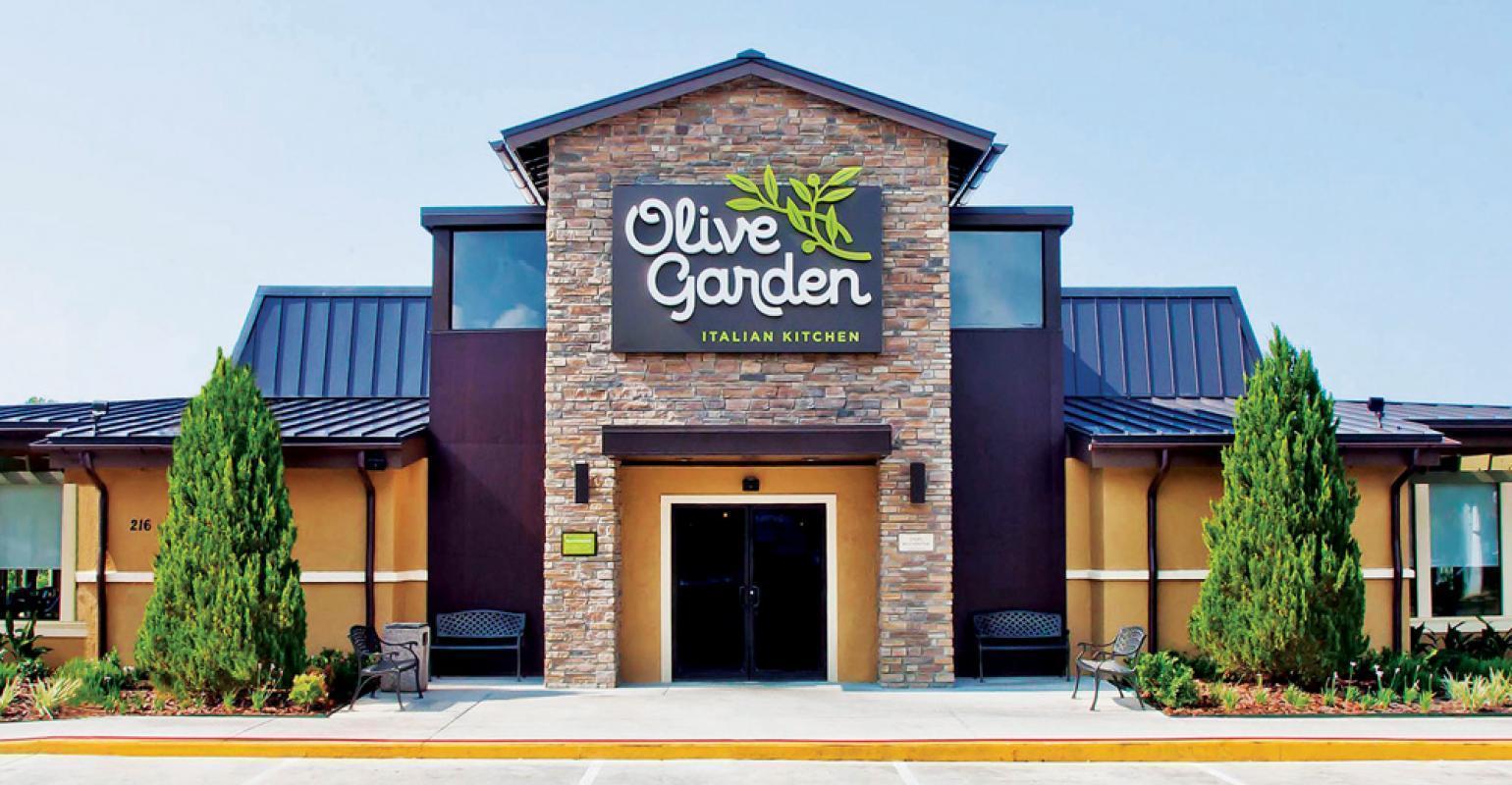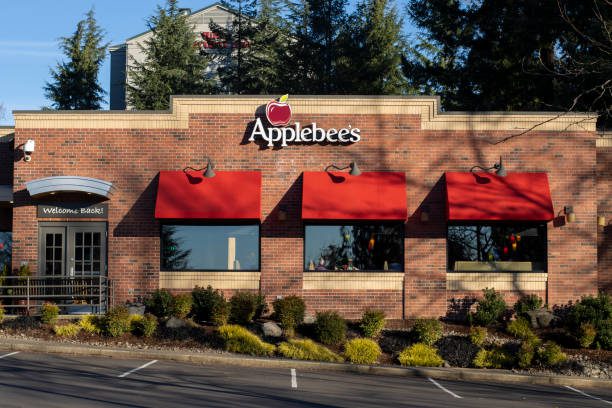
TGI Fridays, a globally recognized casual dining restaurant chain, has established itself as a leader in the industry through its unique brand identity, innovative management strategies, and commitment to customer experience.
This research delves into the origins of TGI Fridays, its expansion journey, and the management practices that have contributed to its success.
Origins of TGI Fridays
1. Founding and Early Years
TGI Fridays was founded in 1965 by Alan Stillman in New York City.
Initially conceived as a bar to cater to a young, urban crowd seeking a social atmosphere, the restaurant quickly evolved into a full-service dining establishment.
The name “TGI Fridays” stands for “Thank God It’s Friday,” reflecting the restaurant’s mission to provide a fun and festive environment for patrons.
The original location on First Avenue became a popular spot, offering a relaxed atmosphere complemented by a diverse menu and signature cocktails.
2. Concept and Menu Development
The concept of TGI Fridays was innovative for its time, blending a casual dining experience with a lively bar atmosphere.
The menu featured American classics, with a focus on appetizers and shareable plates.
Over the years, TGI Fridays has adapted its menu to include various international cuisines, seasonal offerings, and health-conscious options to meet changing consumer preferences.
Business Expansion
1. Franchising and Growth
TGI Fridays began franchising in the late 1970s, which significantly contributed to its expansion.
By the 1980s, the chain had opened numerous locations across the United States and internationally.
The franchising model allowed TGI Fridays to grow rapidly while maintaining brand consistency.
2. International Expansion
The brand’s international expansion began in the 1980s, with locations opening in countries such as the United Kingdom, Japan, and later in regions like the Middle East, Asia, and Latin America.
TGI Fridays adapted its menu and management strategies to cater to local tastes, ensuring relevance in diverse markets.
3. Diversification of Offerings
Over the years, TGI Fridays has expanded its offerings beyond food. The chain introduced catering services, delivery options, and special event hosting, capitalizing on emerging consumer trends.
Additionally, TGI Fridays has embraced technology by implementing mobile ordering and loyalty programs to enhance customer engagement.
<strong>Management Strategies
1. Customer-Centric Approach
TGI Fridays places a strong emphasis on customer experience. The company trains its staff to deliver exceptional service, creating a welcoming atmosphere that encourages repeat business.
Regular feedback from customers is actively sought and utilized to improve service and offerings.
2. Branding and Marketing
The brand has successfully leveraged marketing campaigns that resonate with its target audience.
Promotions centered around special events, holidays, and collaborations with popular entertainment franchises have helped maintain brand visibility.
TGI Fridays also utilizes social media platforms to engage with customers and promote new menu items and promotions.
3. Employee Engagement and Training
TGI Fridays invests in employee training and development programs to foster a motivated workforce.
The company’s “Fridays Training Program” equips employees with the necessary skills to provide excellent service.
Recognizing and rewarding employee performance has been key in maintaining high morale and reducing turnover.
4. Adaptability to trends
The ability to adapt to market trends has been crucial for TGI Fridays.
The chain has responded to the growing demand for healthier dining options by introducing lighter menu items and accommodating dietary restrictions. Additionally, TGI Fridays has embraced technology, implementing mobile apps and delivery services to enhance customer convenience.
5. Sustainability Initiatives
In recent years, TGI Fridays has prioritized sustainability by sourcing ingredients responsibly and reducing waste in operations.
The company’s commitment to environmental responsibility is increasingly important to consumers and enhances its brand image.
Conclusion
TGI Fridays has successfully navigated the complexities of the casual dining industry since its inception in 1965.
Through a combination of innovative marketing, strategies franchising, and a commitment to customer experience, the brand has established a strong global presence.
Its ability to adapt to changing consumer preferences and market trends has ensured its relevance in a competitive landscape.
As TGI Fridays continues to evolve, its foundational principles of fun, quality, and service remain central to its identity and ongoing success.



